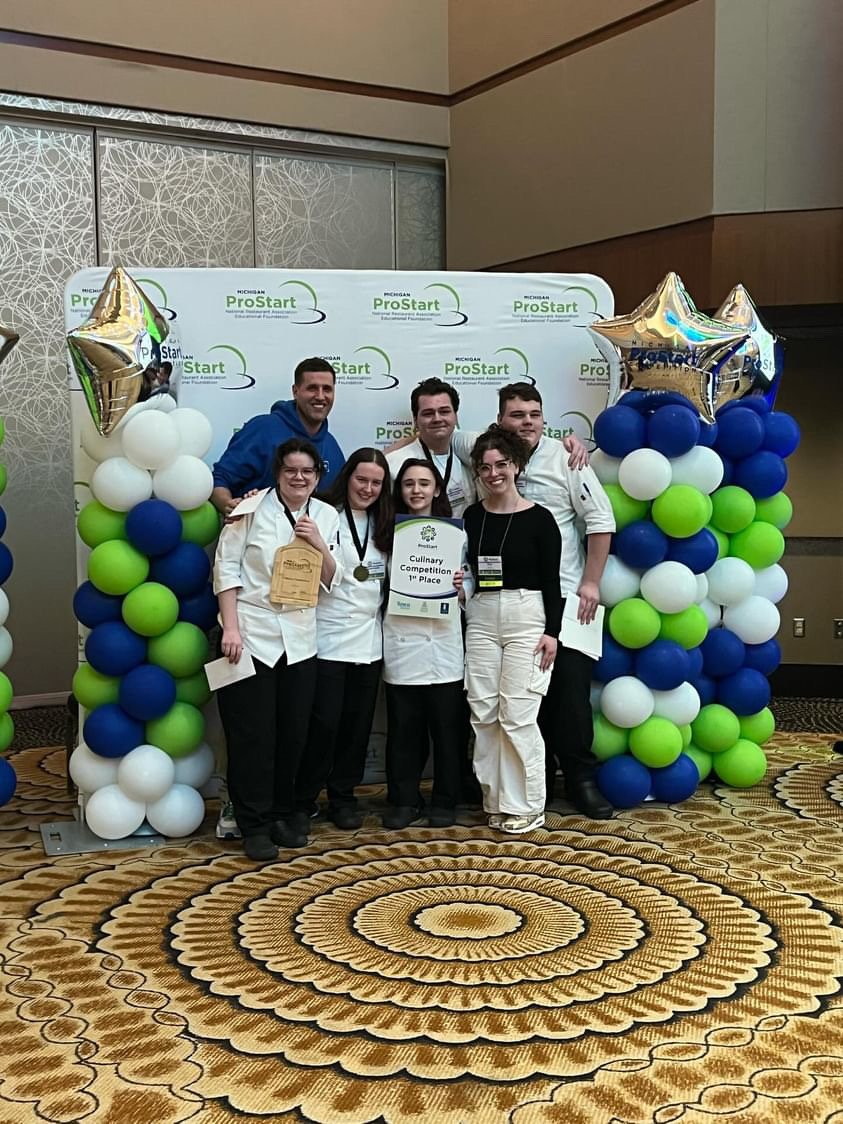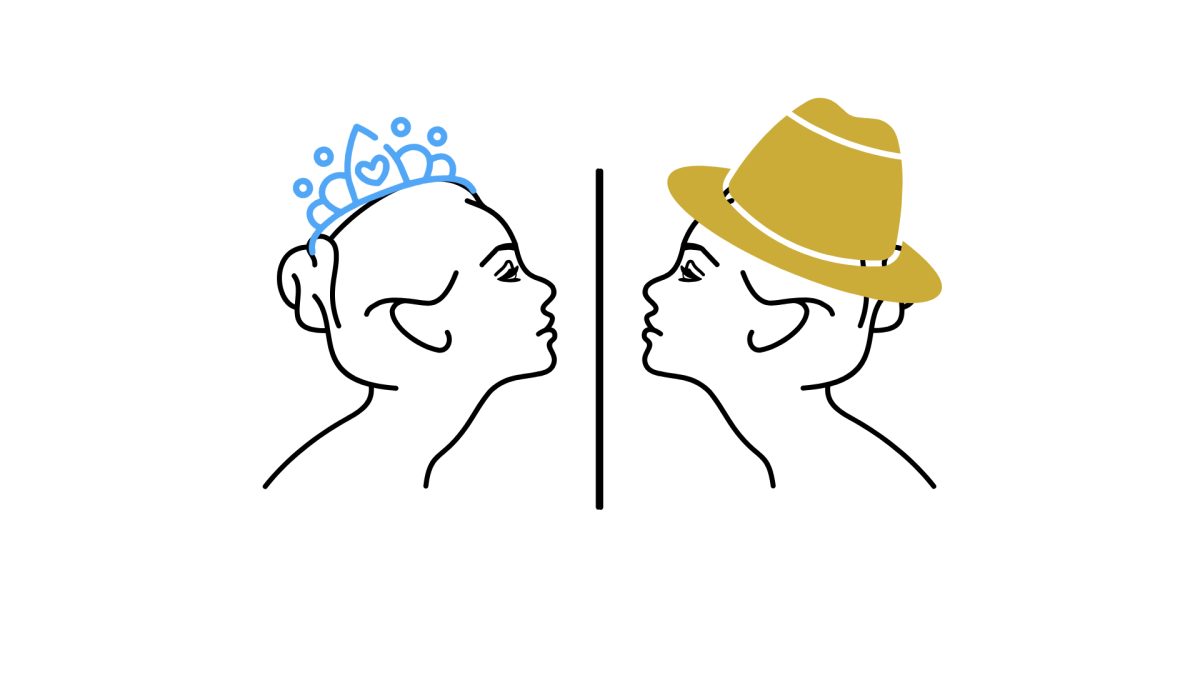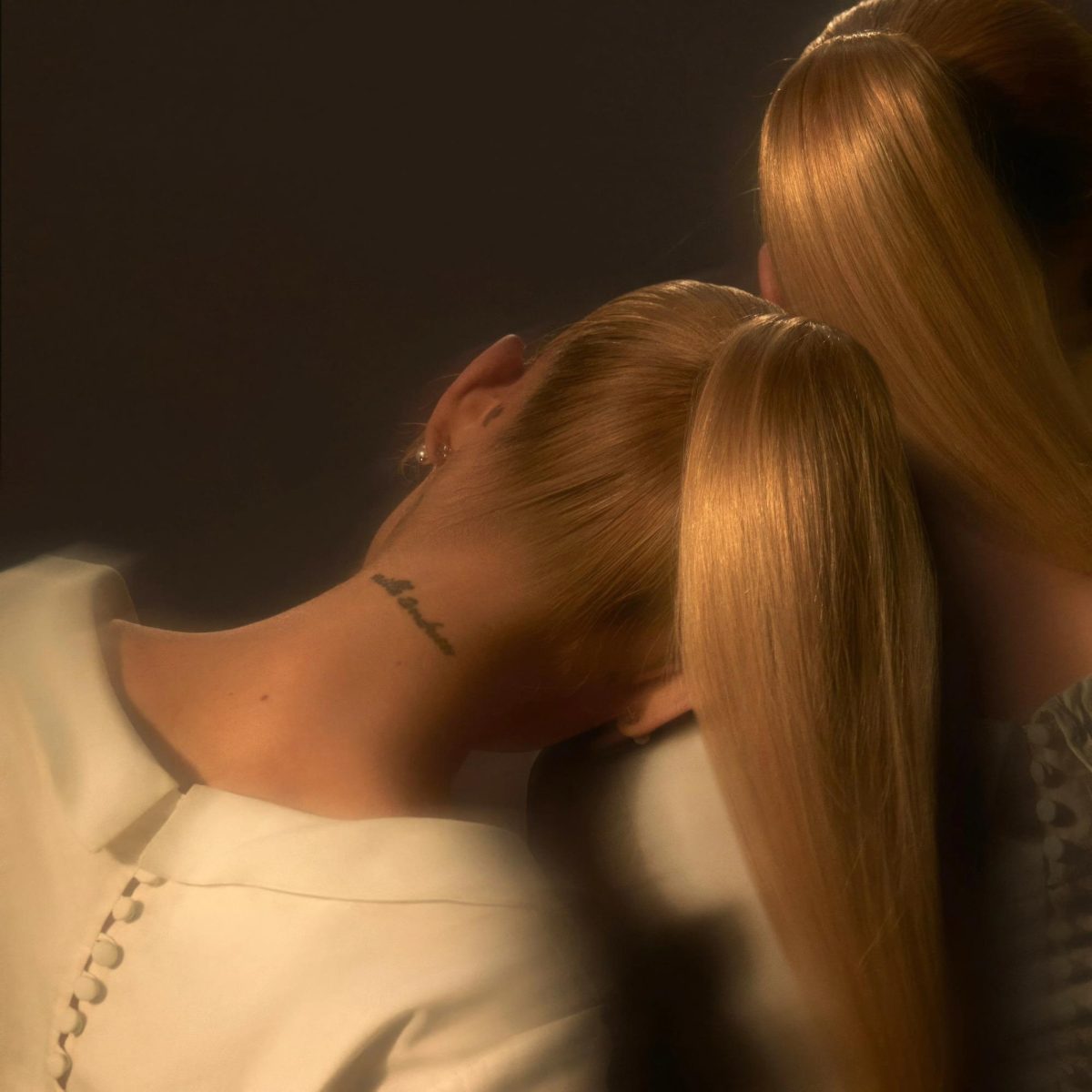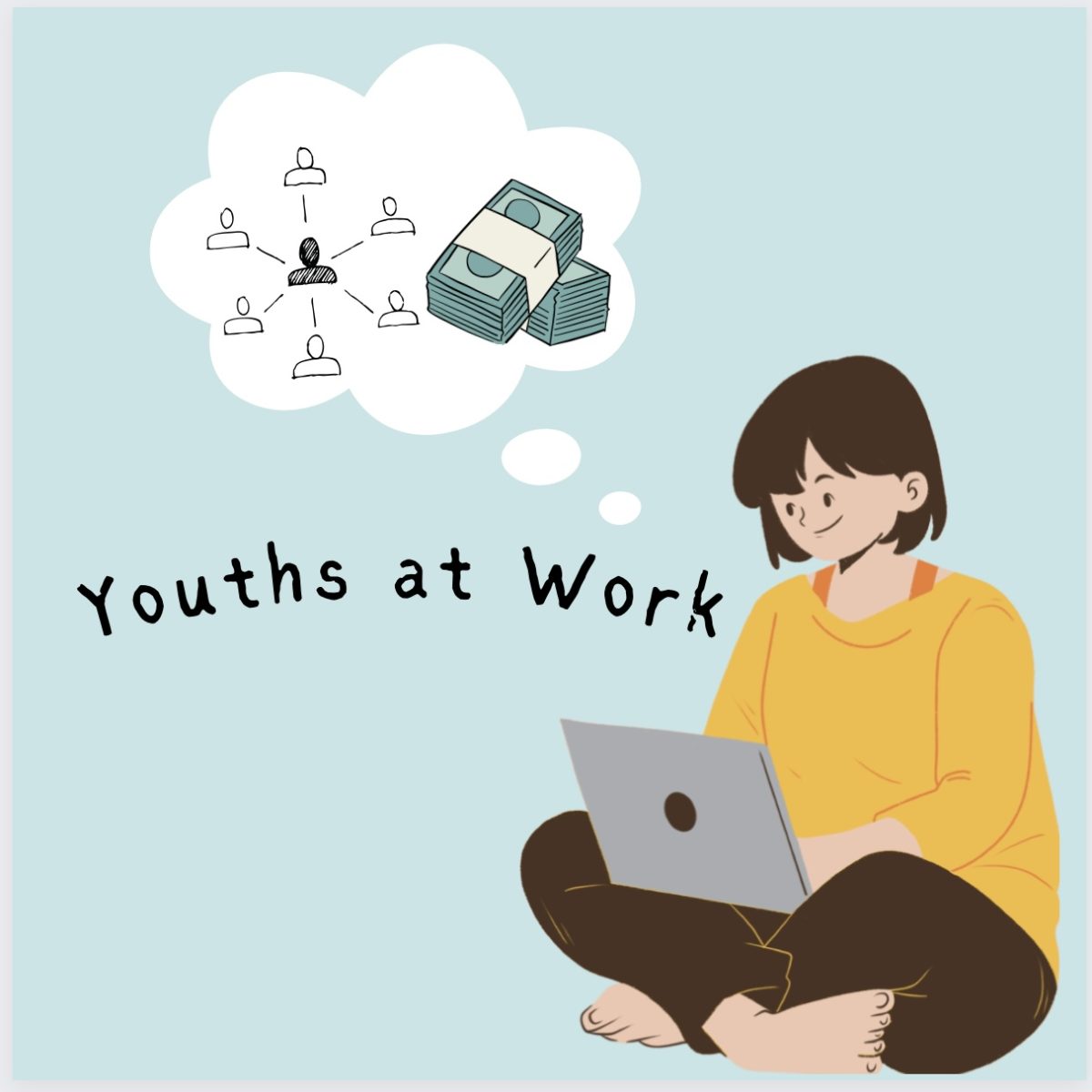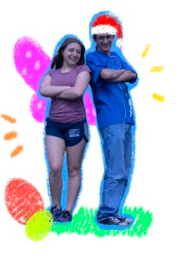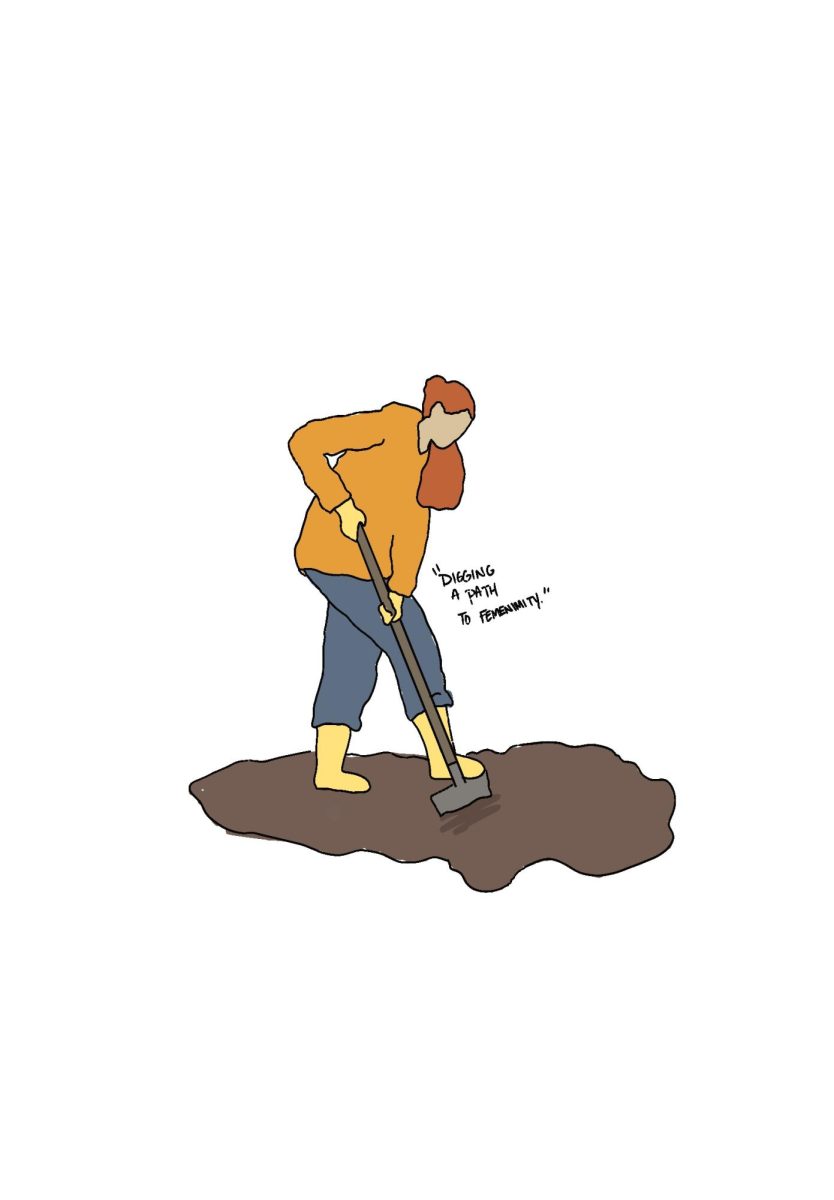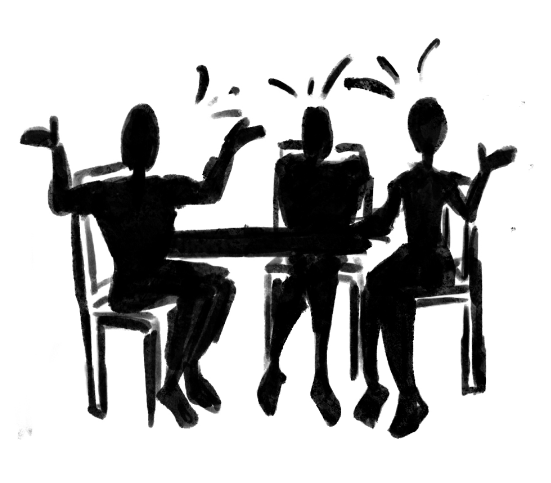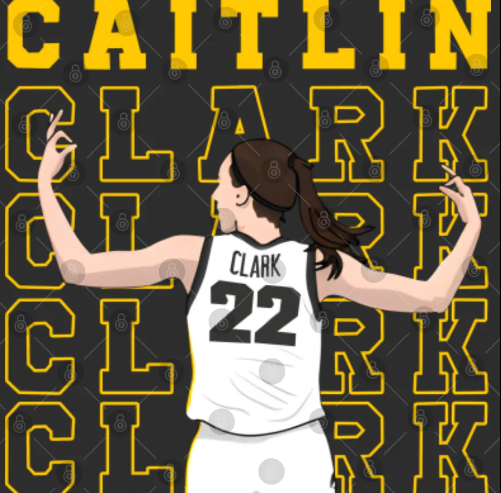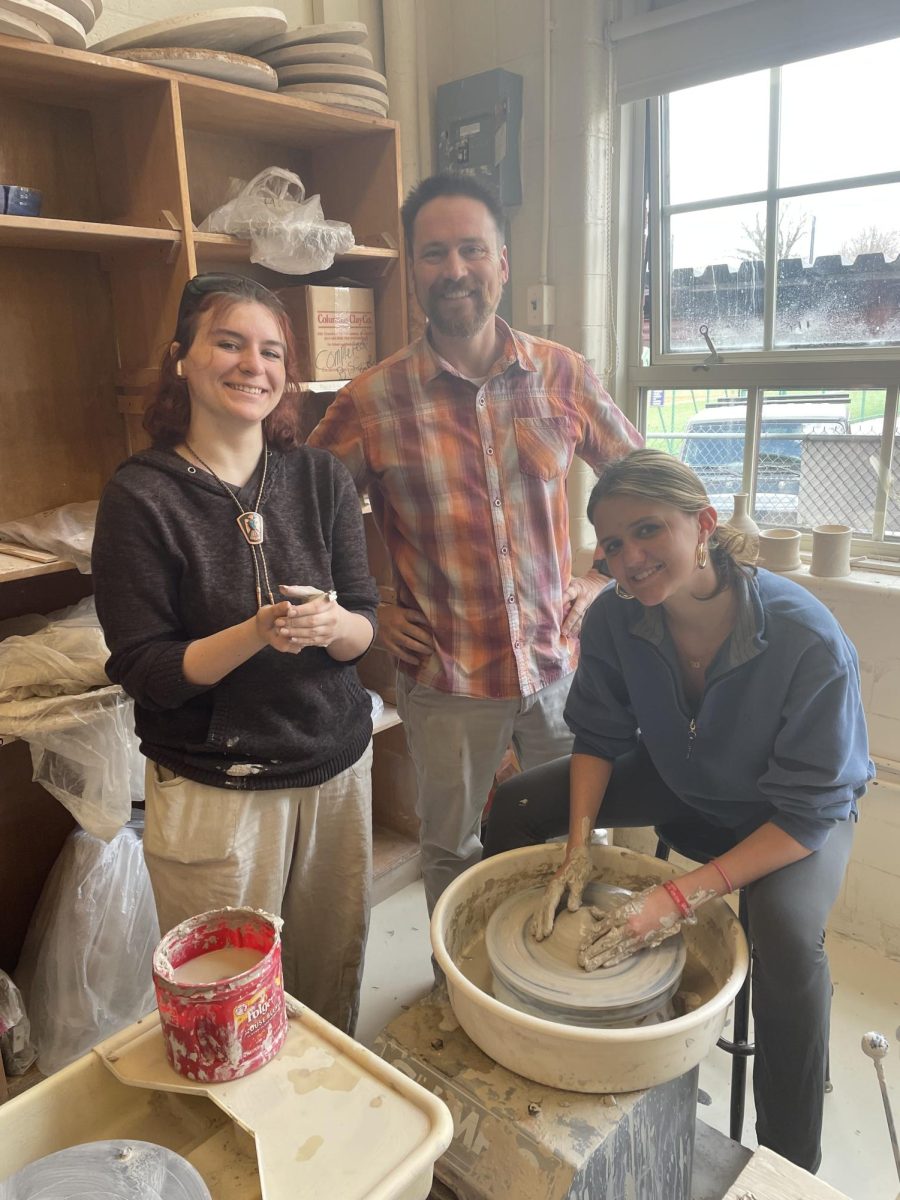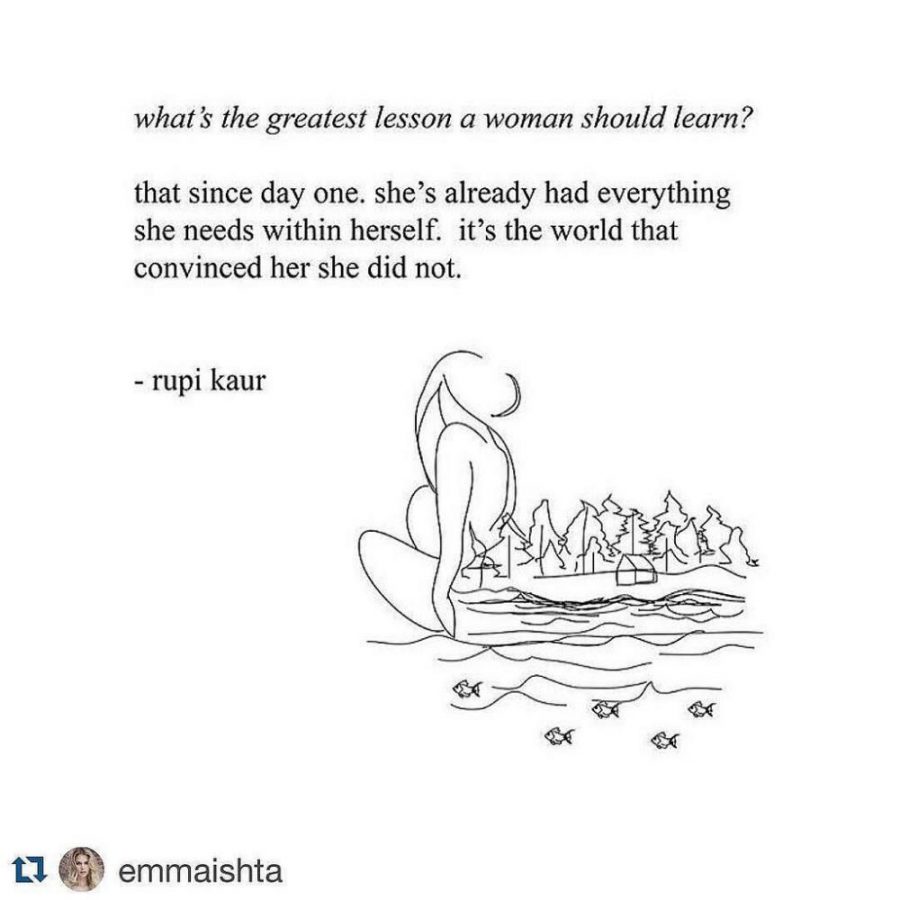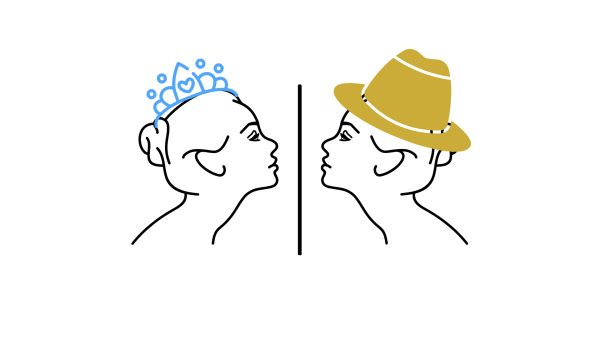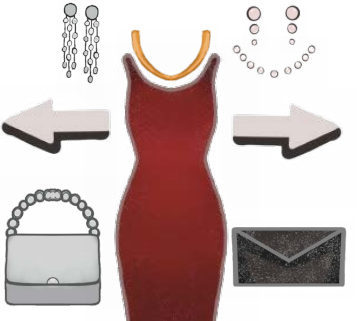Rupi Kaur’s New Poetry Anthology “Leaves” Readers Wanting More
October 10, 2017
As fall fully emerges, we are pleasantly familiar with the season’s iconic features. Warm, gingerly dusted pumpkin spice lattes. The crunch of freshly fallen leaves beneath one’s favorite pair of boots. And the near invisible sun, just barely peeking out from behind the grey clouds. Yet somewhere at your nearest bookstore or coffeehouse is Rupi Kaur’s “The Sun and Her Flowers,” the illustrated yellow sun still shining.
If you haven’t been on Instagram for the past year, or simply don’t have an interest in poetry, you most likely haven’t heard of Rupi Kaur, a 25-year-old poet from Toronto, Canada. However, what you probably have heard of is her New York Times bestselling poetry collection titled “Milk and Honey,” which took the entire internet by storm upon its publishing in October of 2015.
Thousands praised Kaur for her tackling of “sensitive” topics, such as abuse, violence, inequality and a conglomeration of other issues that strengthened her online presence amongst both the feminist and LGBTQ communities.
That being said, “The Sun and Her Flowers” is a much more personal collection, focusing on Kaur’s experience with heartbreak and resurgence, and eventual self acceptance. But does it hold up to the black and white, kindly dubbed “female anthem” that came before it?
Having read “Milk and Honey” myself, I was very excited to see what Kaur would make of her second collection, let alone the first book to come out after her initial author’s debut. And, with that in mind, “The Sun and Her Flowers” is a wonderful follow up–but maybe not for everyone.
To elaborate, what aided “Milk and Honey” in it’s claim to fame was its ability to be relatable to its intended audience; for women, the pieces were a recognition of their personal femininity, commending lines such as “other women’s bodies are not our battlegrounds” and “you were a dragon long before he came around and said you could fly.”
“The Sun and Her Flowers” is a much more direct book, deriving from Kaur’s own experiences and struggles, and I dislike certain parts of it for the same reason I disliked certain parts of its partner novel–it’s basic.
Kaur’s style is characterized by fragmented and frequently indented sentences, which can be annoying for those who enjoy reading longer, metaphoric poetry. And, with the entire collection being centered around- and never deviating from–the same topic of resilience, some lines can come off as very cliché.
However, certain nuances aside, “The Sun and Her Flowers” still possesses the same characteristics that made “Milk and Honey” such an impactful read: it’s raw, and partnered with original illustrations, allows readers to enter the author’s world as not just an observer, but as an experiencer.
On that note, Kaur, being both the writer and illustrator, uses the poems’ relatability and the art’s personality to produce a work that is very visually and compositionally appealing, and makes what I would think to be a very simple and easy introductory book to those wishing to get into the poetry genre.
If you’re interested in a light read, or at the very least a pretty cover to place on your coffee table when company comes over, I highly recommend taking a pass at the anthology. In essence, “The Sun and Her Flowers” will keep readers eager to see Rupi Kaur’s creative voice blossom.




